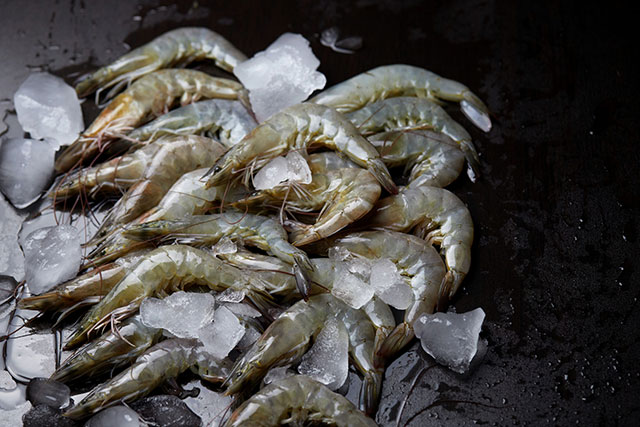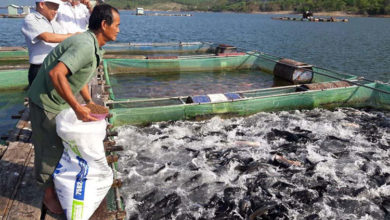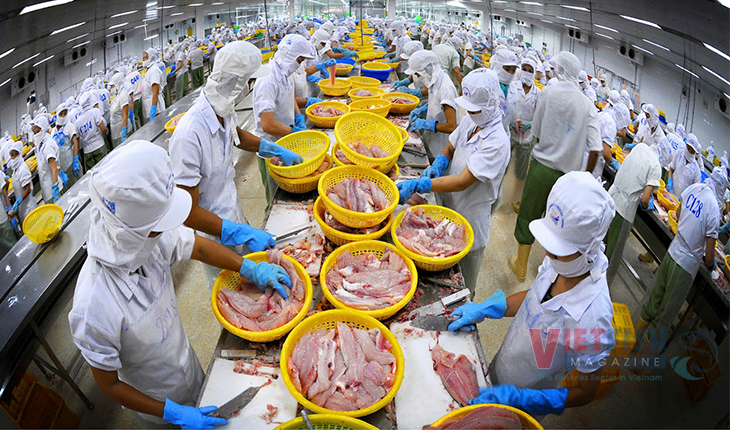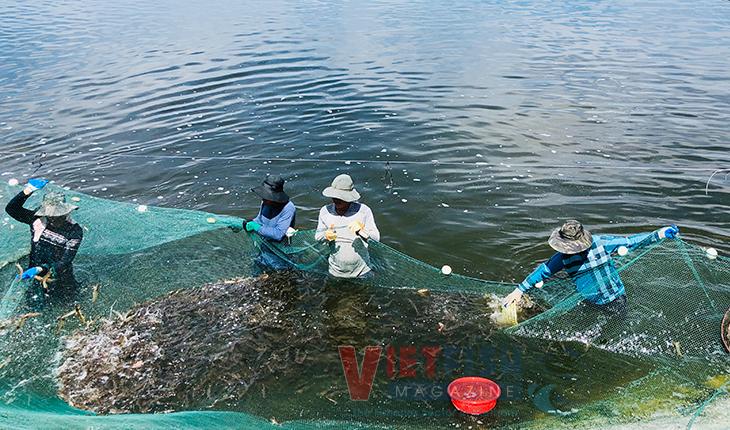Exports of molluscs recovers
Despite the impact of COVID-19 pandemic, exports of cuttlefish and octopus in the first half of 2020 have slightly recovered, with the most stable demand being recorded in the Chinese market.
Noteworthy growth
According to the Vietnam Association of Seafood Exporters and Producers (VASEP), exports of Vietnamese cuttlefish and octopus increased by 6.5% with a value of $48 million after a consecutive decrease in the previous months. The accumulated value of export volume in the first half of 2020 reached $240 million, down 16.9% compared to the same period last year. Cuttlefish accounted for 55.1% and octopus did 44.9% of the countrys’ total exported volume of these species. The traditional markets of Vietnamese cuttlefish recorded positive growth such as Korea, ASEAN, China, the US, Taiwan, and Israel in June. However, exports to Japan and the EU fail to increase.
Korea is given the rank of the first importer with a 23.5% increase in June, however the total export volume to this market is recorded to fall by 15% in the first half of 2020 due to slump in the previous months. The second is Japan with a density of 24.4% and total export volume in the first six months reaching $58.6 million, down 21% compared to the same period last year. Japan is the core market of Vietnamese frozen cuttlefish, frozen ring squid, frozen Geso squid, frozen Sugata, and frozen squid sushi.
As it can be seen, Japan imported cuttlefish and octopus from 11 providers: China (81%), Vietnam (9.5%), Thailand (4.8%), Indonesia (1.3%) and Philippines (0.6%) with a vast majority of processed products.
Due to the “yellow card” warning and covid-19 pandemic, which resulted in the closure of restaurants, demand for cuttlefish and octopus in the food and service sector decreased by 45.7% compared to the same period last year, only a worth of $17.5 million was recorded. Italy, German and the Netherlands, which have been core markets of Vietnamese cuttlefish and octopus among the EU countries, recorded a slump of 51%, 28% and 37% respectively. However, when the EVFTA becomes effective on August 01, 2020, exports of cuttlefish and octopus to the EU are expected to rise with a tax rate of 0%.
China seems perfectly stable
China is the forth destination of Vietnamese cuttlefish and octopus, accounting for 7.4% of the density. Vietnam brought in $4million from exporting cuttlefish and octopus to China in June, up 156%, leaving the accumulated worth of $17.8 million in the first half of 2020, up 54% compared to the same period last year. China records a rapid growth in importing cuttlefish and octopus from Vietnam in June and in the first six months of 2020.
Looking back from the export of Vietnamese cuttlefish and octopus to China since early this year, a decrease in sales were recorded in the first two months and recovered in the following months. China imported mainly frozen cuttlefish, frozen classified squid, frozen Tempura squid, dried cuttlefish, and frozen cut cuttlefish.
Exports of Vietnamese seafood have not shown good signs due to disadvantages of the pandemic and markets. VASEP, hence, suggested that providers could sell online, putting priority on frozen seafood, canned products and carefully processed products which have a long expiration date, and reduce to sell fresh and alive species when consumers have changed their habits of consumption.
VFM






